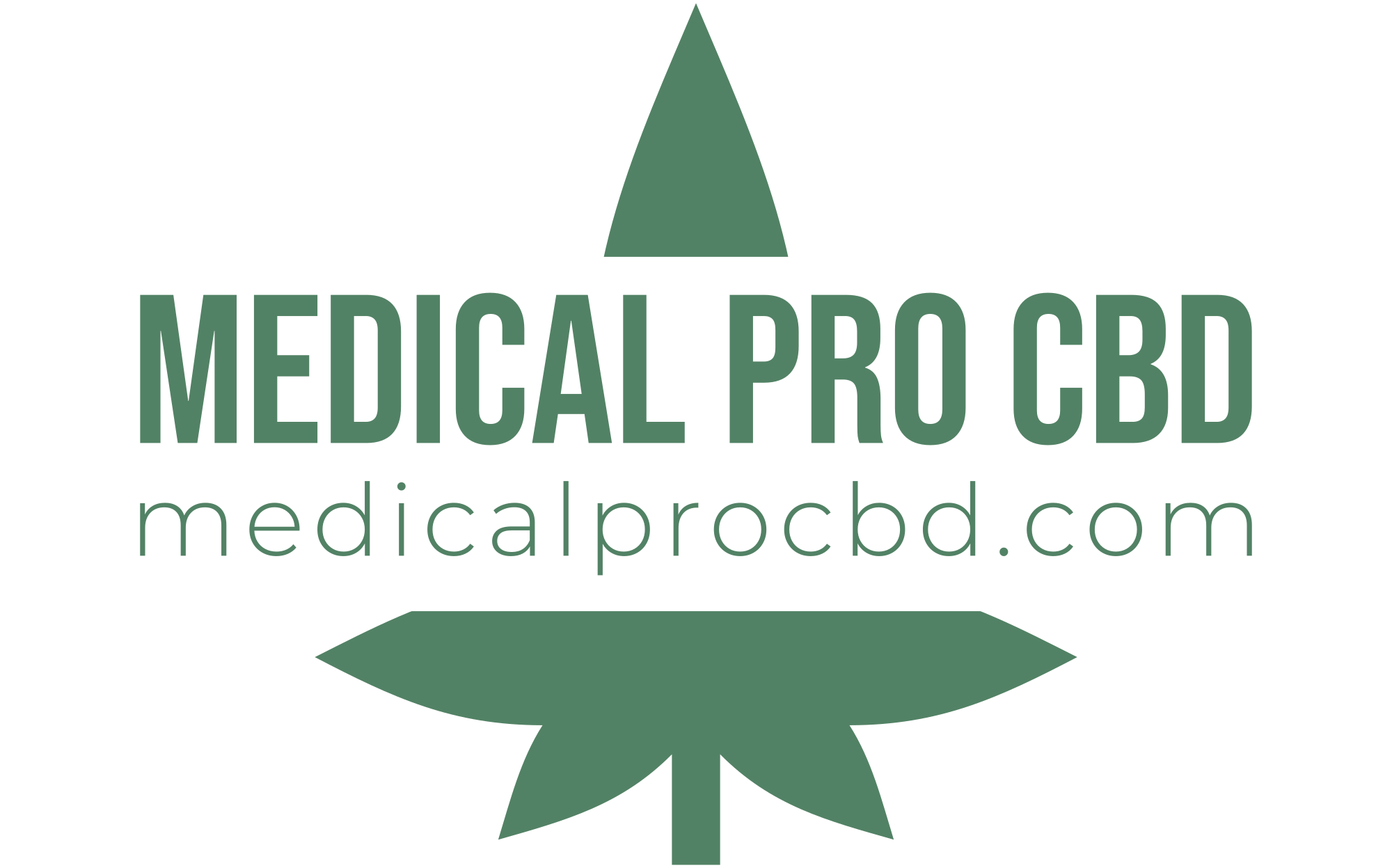Introduction:
Food labels play a crucial role in helping consumers make informed choices about the products they purchase and consume. However, deciphering the information presented on food labels can often be confusing and misleading. Many food manufacturers employ marketing tactics to make their products appear healthier than they actually are. To avoid being tricked by deceptive labels, it is essential to develop the skills to read and understand food labels accurately. In this comprehensive guide, we will provide you with the knowledge and tips necessary to navigate food labels effectively, empowering you to make healthier choices for you and your family.
Start with the Serving Size:
The serving size is the first piece of information you encounter on a food label. It indicates the recommended portion size and the number of servings in the package. Pay attention to this information, as it affects the accuracy of the rest of the nutrient content listed on the label. Be mindful of the serving size when comparing similar products to ensure fair and accurate comparisons.
Examine the Ingredients List:
The ingredients list reveals the components of the product, listed in descending order by weight. Look for whole, recognizable ingredients at the beginning of the list, as this indicates a healthier choice. Avoid products with lengthy lists filled with artificial additives, preservatives, and high amounts of added sugars. If you find ingredients you can’t pronounce or understand, it’s likely a sign that the product is highly processed.
Understand Nutrient Content Claims:
Food manufacturers often use nutrient content claims to market their products as healthier options. Familiarize yourself with common claims such as “fat-free,” “sugar-free,” or “low in sodium.” However, it’s crucial to look beyond these claims and examine the actual nutrient content. For instance, “fat-free” products might be high in sugar, and “sugar-free” products may contain artificial sweeteners that have their own health implications. Always check the nutrition facts panel for a complete picture.
Pay Attention to Added Sugars:
While natural sugars are present in many foods, it is the added sugars that can contribute to health problems when consumed in excess. Be cautious of foods that list added sugars high on the ingredients list, such as high fructose corn syrup, cane sugar, or maltose. The American Heart Association recommends limiting added sugar intake to no more than 25 grams per day for women and 36 grams per day for men.
Check the Total Fat, Saturated Fat, and Trans Fat:
Fat is an essential macronutrient, but not all fats are created equal. Pay attention to the total fat content, particularly the saturated and trans fat values. High levels of saturated and trans fats have been linked to an increased risk of heart disease. Opt for foods with lower saturated and trans fat content and prioritize healthier fats like monounsaturated and polyunsaturated fats.
Evaluate Sodium Levels:
Excessive sodium intake has been associated with various health issues, including high blood pressure. Look for foods with lower sodium content or choose options labeled “low sodium” or “no added salt.” Fresh and minimally processed foods are generally lower in sodium compared to canned, processed, or pre-packaged foods.
Assess Fiber Content:
Fiber is an important nutrient for digestive health and can contribute to feelings of fullness. Look for foods high in dietary fiber, such as whole grains, fruits, vegetables, and legumes. Aim to consume at least 25 grams of fiber per day for women and 38 grams per day for men.
Beware of Misleading Labeling Terms:
Certain labeling terms can be misleading and create a false sense of healthiness. Phrases like “all-natural,” “organic,” or “made with real fruit” might make a product seem healthier, but they do not necessarily guarantee its nutritional quality. Always review the ingredients and nutrition facts panel to get an accurate assessment.
Consider the Overall Nutrient Profile:
Rather than focusing on individual nutrients, take a holistic approach to assess the overall nutrient profile of a food product. Look for foods that provide a balance of macronutrients (carbohydrates, fats, and proteins), as well as essential vitamins and minerals. Variety and moderation are key when creating a healthy and balanced diet.
Conclusion:
Reading food labels is an important skill that empowers consumers to make informed choices about the foods they consume. By understanding the serving size, examining the ingredients list, and evaluating key nutrients, you can avoid falling for deceptive marketing tactics. By utilizing the tips and information provided in this comprehensive guide, you can become a savvy food label reader and make healthier choices for yourself and your family. Remember, knowledge is your best tool in navigating the complex world of food labeling.
- How to Read Food Labels Without Being Tricked - July 19, 2023




